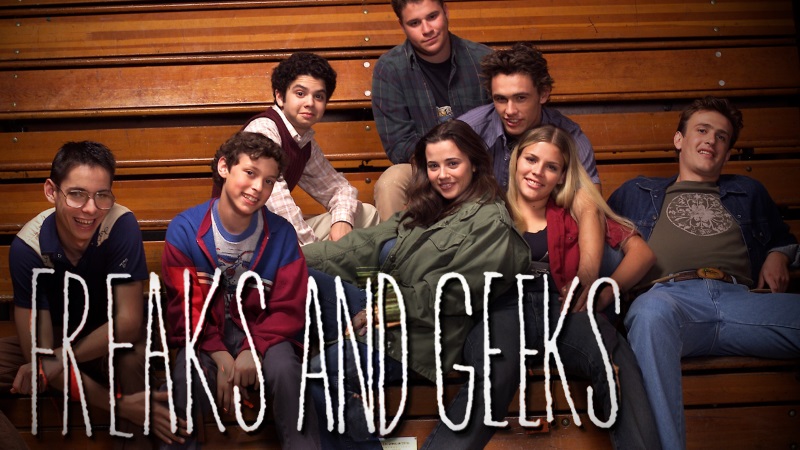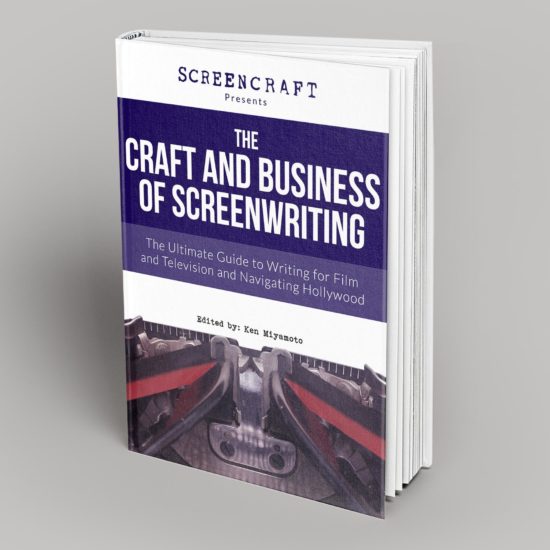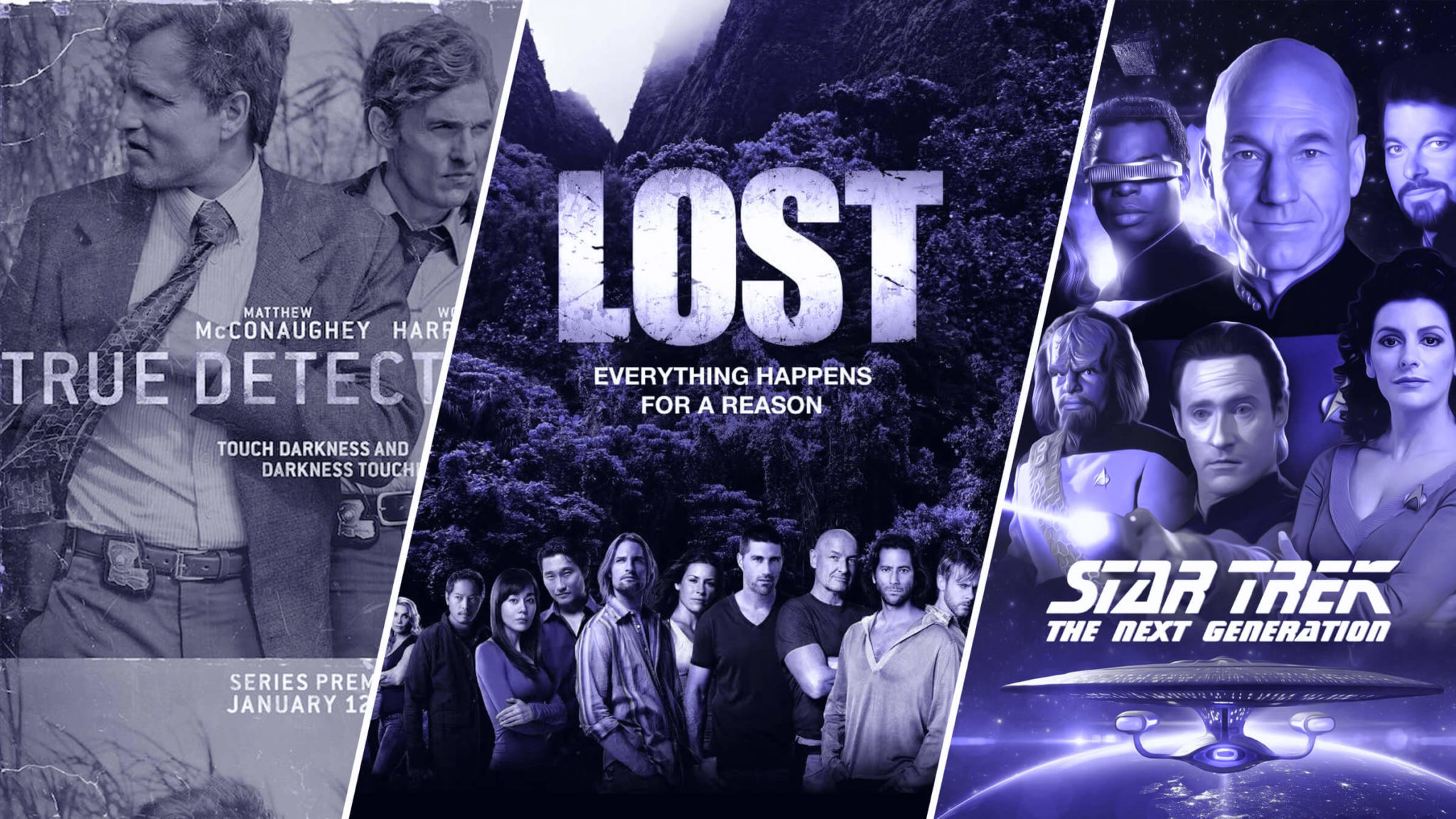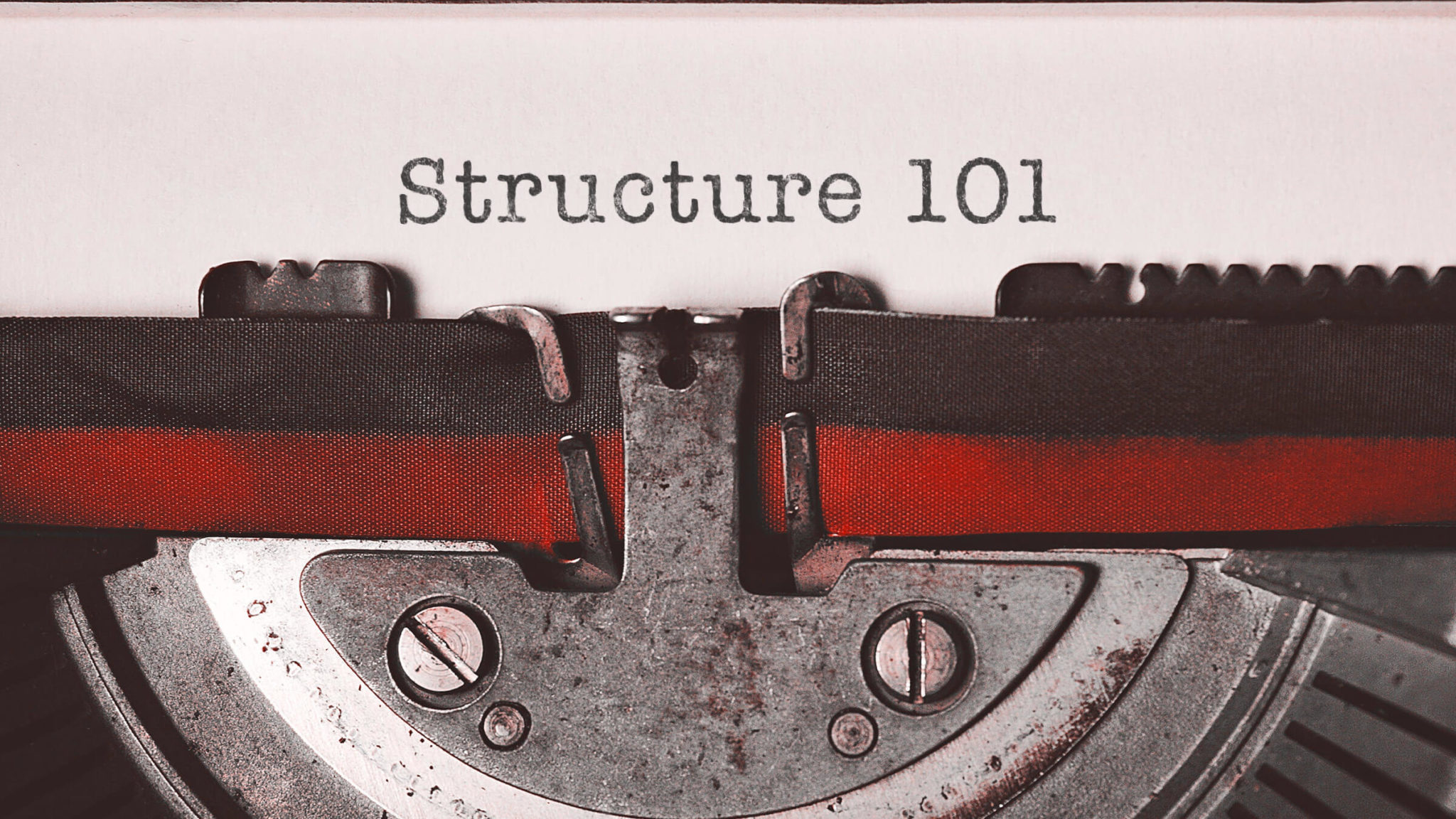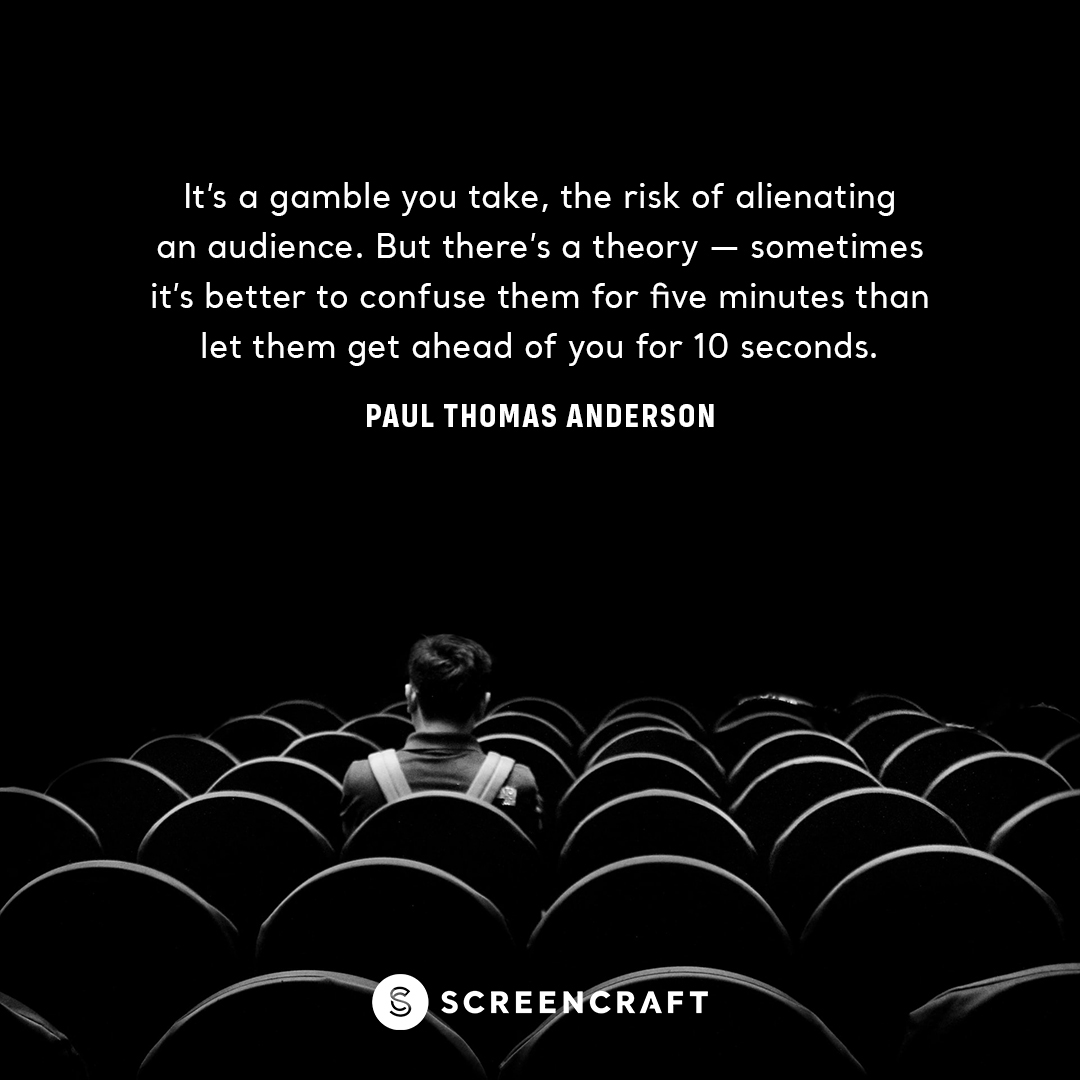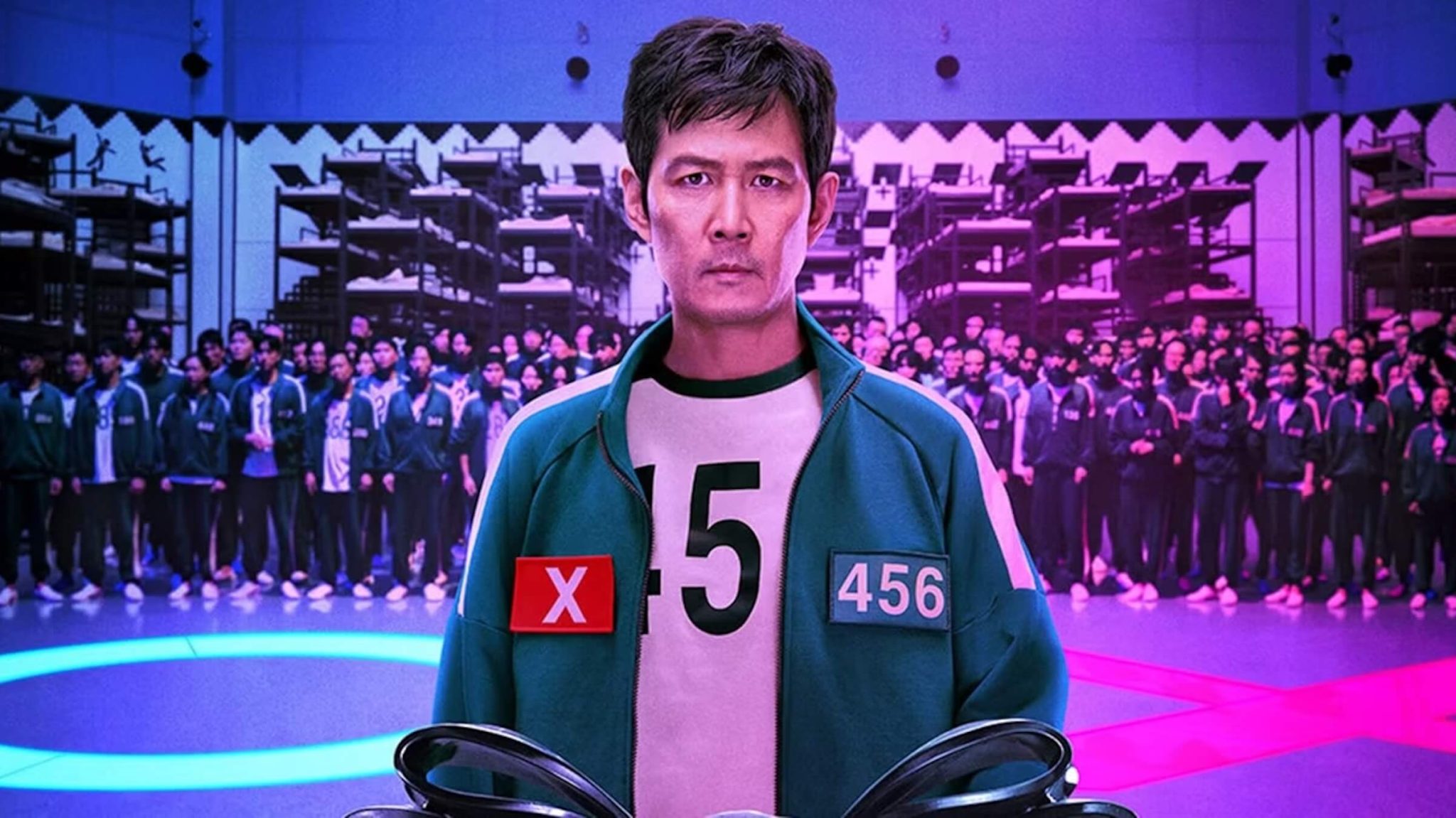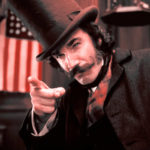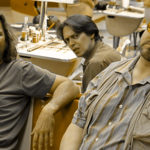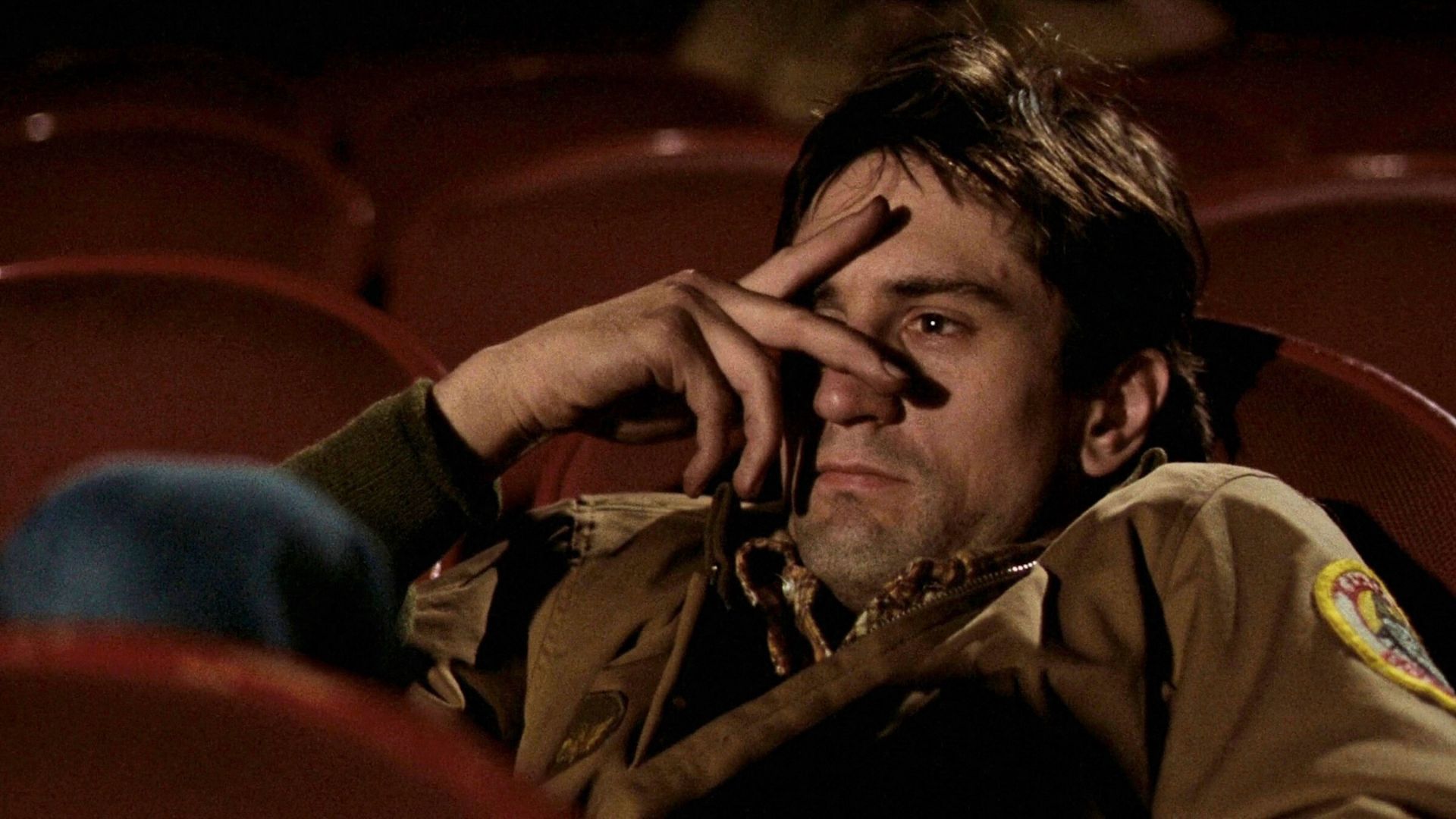5 Things TV Writers Can Learn from FREAKS AND GEEKS

What can screenwriters learn from the now cult classic Paul Feig and Judd Apatow series Freaks And Geeks?
Almost twenty years ago, a show developed, written, and starring some of today's biggest talents in television and film reminded us what it was like to be a kid in high school. The stories and characters within the criminally short series run (just 13 episodes) offered an honest and sometimes brutal portrayal of life in high school. And it did so while offering drama over comedy during a time when major networks were the only places to debut a series and when hour-long dramedies just didn't exist. Oh, how the times have changed.
Do you have a pilot that needs to be read? Enter the ScreenCraft Pilot Launch TV Script Competition here.
A&E's new Cultershock documentary series featured Freaks And Geeks, detailing the conception of the series and then through development, writing, casting, pickup, and NBC's horrible treatment of the critically acclaimed show. Here we feature some nuggets of television writing wisdom, along with some reflections on how times have changed — and how today's budding television writers can take advantage of those changes.
1. Dare to Be Different

At the time of its conception as Paul Feig — then somewhat unknown — wrote the pilot on spec, major networks were the only places you could take a show to. During the mid-90s, most of those network shows were sitcoms set in either New York or Los Angeles featuring older casts — Caroline in the City, Mad About You, Friends, The King of Queens, The Nanny, Seinfeld, Spin City, and so many more. The WB was undoubtedly churning out high school type shows with the likes of Dawson's Creek — and Fox still had Beverly Hills, 90210 — but those were soap opera-like stories. Fox had Malcolm in the Middle, which dealt with coming-of-age storylines, but it was a very heightened form of that reality.
Paul Feig wanted to see something different. He grew up in Midwestern Michigan. No show was featuring that type of American setting. He wanted to be an advocate of the Midwest. An advocate of real people that most of the audience would identify with.
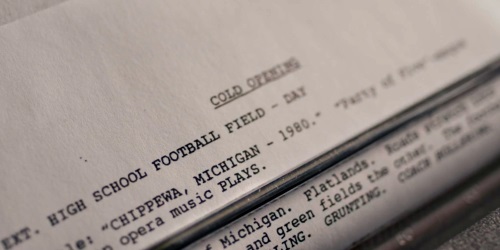
No network had a show like that, so he decided to write what he knew and what he wanted, rather than chasing the current trends of New York City or Los Angeles stories about twenty-somethings or thirty-somethings.
When you're looking to develop and pitch pilots for television or streaming channels, don't try to recreate what is already out there. Most executives and producers will turn those pilot scripts away. Instead, focus on what isn't out there right now. What types of stories and characters are not being portrayed?
2. Find Story and Character Ideas from Within Your Life

Because Paul Feig knew that Midwestern world and remembered those difficult days in high school, he wanted to write what he honestly knew. Once he started writing with that mindset, the words, stories, and characters just started to flow.
In the pilot, the show's co-lead character Sam wanted to ask out the cheerleader to the big dance. He did so the day before the dance and was quickly shot down because by that time she obviously already had a date. This story was pulled directly from Paul Feig's high school years.
Every episode of the show featured versions of real stories that were taken from the high school lives of Feig, Apatow, and the writers.
When you use those moments for of life and apply them to the context of the story you are writing, there's an emotional connection that comes through on the page. And because you're human and one of millions, chances are a majority of the audience have had that type of experience and can identify with it, offering them a more cathartic experience watching your show.
Feig and Apatow eventually came up with a questionnaire for all of the writers that contained twenty questions about their lives in high school. Everyone had to fill it out, sharing the most humiliating and gut-wrenching moments of their high school lives.

"What's the worst thing that happened to you in high school?"
"What's the best thing that happened to you in high school?"
"What was your best drug experience?"
"What was your worst drug experience?"
"Who did you fall in love with?"
"Who did you hate?"
This led to hundreds of amazing stories and moments, many of which were worked into each episode. And sometimes a writer would admit to the most embarrassing moments in their high school life, winning over the room, until another person would top that story.
A standout moment in the series occurred when Sam was at the mall and a salesman at a clothing store sold him on the idea of a disco jumpsuit as a fashion statement. He bought it and wore it to school only to become the laughing stock of the halls because of how ridiculous he looked in it. This story was ripped from Feig's life.
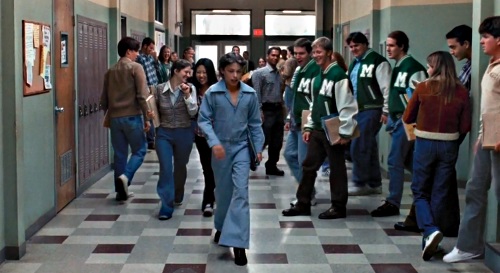
Using a questionnaire like this — or a variance thereof — can offer you the best and most pure moments to share within your series episodes. You could even reach out to family and friends to help you find moments of truth.
The best stories come not from your imagination, but from your life experiences.
3. It Takes Just One or Two Champions
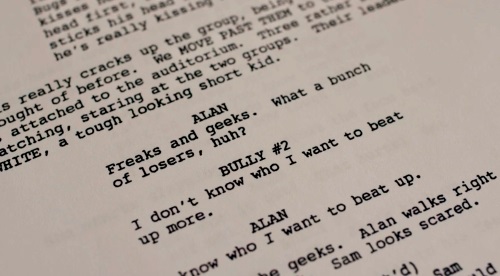
Judd Apatow had just signed a development deal with Dreamworks Television. He knew Feig and had suggested that if he had any story ideas to let him know. Apatow admits that he didn't actually think Feig would take him up on that, but he did. When Feig showed him the Freaks and Geeks pilot that he wrote on spec, Apatow wanted Dreamworks to buy it instantly.
Apatow took it to Dreamworks, and they ended up taking it out to the major networks. Every one of them passed until it got into the hands of NBC executives Karey Burke and Shelley McCrory. The two of them identified with the high school story, characters, and relationships so much that one of them told Dreamworks, "If we don't make this show, I'm quitting the television business."
Burke remembers, "We just said, 'We want to make it. We don't want to touch it. We just want to shoot it.'"
Keep in mind that nobody really knew who Feig was at this time. But he found a champion in a friend who had connections. And then the pilot fell into the hands of two executives working at a network (NBC) that wasn't looking for that type of show — at all. But the pilot found two more champions because it was written so well and had such a cathartic atmosphere about it that they identified with. And remember that the pilot had those elements because Feig went against the grain and decided to write stories, characters, and scenarios that were pulled from his life.
Moral of this story is that despite all of the rejection you get, you still have to push to get that script into people's hands — be it through contests, fellowships, competitions or through creative networking.
Read ScreenCraft's Maps Screenwriters Can Use to Build Their Industry Network!
All that it takes is one or two champions to make a dream come true.
4. Find Cathartic Storylines and Themes

We've mentioned catharsis a couple of times already. It's such an essential element in screenwriting.
Read ScreenCraft's The Single Most Important Element of a Successful Screenplay!
It's what allows the person reading your script or watching your show to become engaged and enthralled with the stories and characters that you are featuring. Sure, you can sometimes get away with just making them laugh or thrilling them with suspense and action, but when you touch on subjects and emotions that audiences can identify with and feel moved by, that's next level writing.
And that is what Freaks and Geeks did so well. The pilot had storylines covering the death of a Grandmother while questioning one's existence, a mentally-challenged student who breaks his arm, being rejected by the popular girl, etc. Other episodes dealt with abuse, drugs, bullying, and so many more heavy topics.
Even if you're dealing with lighter fare, you always want to find ways to tell stories that pack an emotional punch. Having three jokes a page or an action sequence every few pages gets old real fast, no matter how good they are. You need to search for that cathartic heart string that at least a good number of the audience will feel when you pull it.
5. Times Have Changed
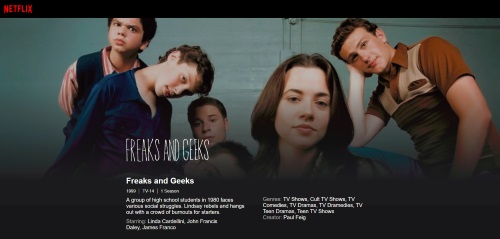
If Freaks and Geeks came out today, it would have likely been an instant hit. Back in the late-90s and early 2000s, the idea of an hour-long dramedy was unheard of — the networks just didn't have them.
These days, that's what almost every hit show is. And now it's not just the major networks producing them. You have cable channels, premium channels, and streaming channels releasing hundreds of shows with a content-driven mindset — as opposed to the past obsession with full focus on ratings.
NBC didn't know what to do with Freaks and Geeks because it was so different. It had equal parts comedy and drama. It had tough topics. It had unconventional casting. It had realistic storylines and characters. So in 26 weeks worth of broadcast time on the network, the series encompassed just 13 weeks of that open time. A couple of episodes here and then two weeks off. Three episodes on one day, and then off for three weeks. And it was either aired in the dead-air time of Saturday night or up against the phenom show Who Wants to Be a Millionaire on Monday nights.
So now is the perfect time to be a television writer. Now is the ideal time to develop and write original projects that aren't carbon copies of what is already on because there are so many platforms to showcase new, original content.
Freaks and Geeks was a groundbreaking show that didn't find its audience and place in history until years after the last episode aired in 2000. As we look at it now in the context of today's television market, it's evident that it was a series that was well ahead of its time.
Twenty years later, people are still talking about it. A whole new generation has discovered it on the very streaming channels that it may have flourished on for multiple seasons had it debuted today.
When you're developing your own series pilots, remember to dare to be different, find story and character ideas from your own life, keep pitching until you find your pilot's champion, find cathartic storylines and themes to stand out from the rest, and realize that times have changed, and changed for the better for anyone looking to write for TV.
And as a bonus, remember that despite the wealth of talent in the writing room and the cast — most of whom went on to become movie and television stars in front of and behind the camera — all of them were newcomers when the show debuted. All of them dreamed the dream that you are dreaming today.
Keep writing.
Ken Miyamoto has worked in the film industry for nearly two decades, most notably as a studio liaison for Sony Studios and then as a script reader and story analyst for Sony Pictures.
He has many studio meetings under his belt as a produced screenwriter, meeting with the likes of Sony, Dreamworks, Universal, Disney, Warner Brothers, as well as many production and management companies. He has had a previous development deal with Lionsgate, as well as multiple writing assignments, including the produced miniseries Blackout, starring Anne Heche, Sean Patrick Flanery, Billy Zane, James Brolin, Haylie Duff, Brian Bloom, Eric La Salle, and Bruce Boxleitner. Follow Ken on Twitter @KenMovies
For all the latest ScreenCraft news and updates, follow us on Twitter, Facebook, and Instagram.
Tags
Get Our Screenwriting Newsletter!
Get weekly writing inspiration delivered to your inbox - including industry news, popular articles, and more!


